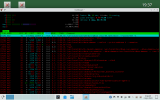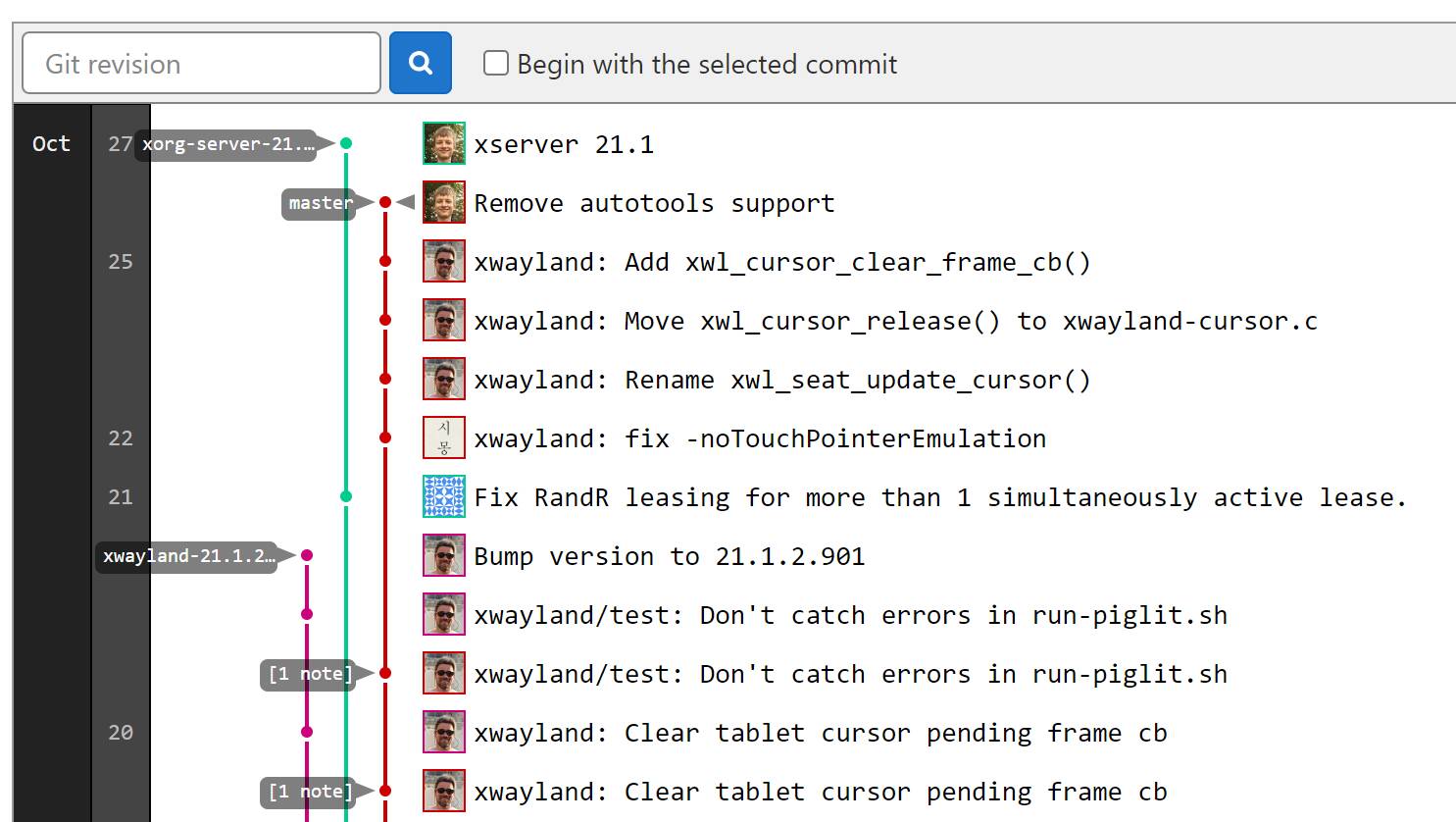Personally I think something so bloated will scare people away!
Absolutely!
Above all, the pros.
Any default DE will be more easy for newbs to usher in.
They are attracted by the many colorful blinking feature stuff they are used to.
But at the same time it'll scare off many established users,
who know this is mostly just sparkling, but useless, and bloated crap - the pros ?
I agree with you:
the more bloated the DE the bigger this effect.
(Especially KDE ?)
...........
The pull at the top of this thread proves it (as far as it can be extrapolated to be representive):
If they have a choice,
most users do not even use a DE, but a WM only.
Second most use XFCE,
which I personally liked most until I decided for me not to use any DE anymore, which of course is my personal taste, only.
However,
the pull is not representing the full truth,
since "not using any GUI" is not an option one can chose.
I wouldn't be surprised if there were as many votes as for WM only, if not more.
Of course the OP specifically asked for desktop users.
But face it:
GUI-less systems are one of the most important main pillars FreeBSD stands on.
Sometimes you still read FreeBSD may a primarily, even only server system.
The idea of a modular, multiplatform, adaptable, multipurpose system is not grasped by everybody.
So, with any decision for a default DE/WM
you'll not only lose the established users,
the non-GUI applications, and their users, only,
but the whole idea of a highly adaptable multipurpose OS would be killed.
The crucial point of any WM/DE installation is always (any BSD, any Linux)
to get X (or wayland) running,
which always depends on knowing exactly which graphics adapter you have,
and chose the right kernel-module (driver) for it.
Which is rouhgly assumed the reason for half of installation issues.
One may also say:
Not reading the documentation (HB and supported hardware list.)
The other half is the fact that not all graphics adapter's drivers are available for open source OS immediatly.
Deciding for a WM/DE (doesn't matter which one) to become default
will not change that.
The installation cannot be done more easily,
as it is realized under FreeBSD.
Under FreeBSD the whole installation of a DE/WM is done
by one, or two lines of
pkg install ...
I don't find that so hard.
Who finds even that unacceptable may revisit his idea
why not stick to Windows, Apple, or a Linux turn-key distri.
And yes, of course, one has to find, and decide for the DE/WM one wants to use, too.
This can be solved by a default WM/DE:
to avoid seek, and decide.
But again, if one doesn't want that either, there are several other choices where this
heavy burden is already made.
To me the WM/DE is not my main concern.
The work with the machine is.
I decided for one I like,
configured it to my needs,
so I have something I can and like to work with,
so the issue WM/DE is settled for me,
I move on, and
work with my system.
After all within the world commonly known as unix,
most of the work is, and best shall be done as text within a shell anyway.
The usage of programs you use with a GUI (browser, gimp, blender, libreoffice, CAD, EDA,...whatever)
is mostly assigned by the design of the program, and not so much by the DE/WM.
There are so many ways of getting food:
restaurants, fast-food chains, supermarkets with convenient food, kitchens of all sizes, and kinds of equipment.
One likes cheeseburger, another one likes pizza, or prefer sushi.
If someone is trying to convert a sushi-bar into a burger grill, because he's not satisfied with what the existing fast-food stores offer,
but at the same time too lazy to cook by himself,
and believes eventually one day there will be a restaurant serve exactly the food he expects, tailored to his wishes to the point,
then in my eyes the whole idea needs to be revisited from its very origin.
In my eyes this is a matter of attidude,
not an issue of to few possibilities, or wrong offered options.
So, bottom line:
Since this thread originally aimed to find a WM/DE which may be elected to become FreeBSD's default one, the whole discussion about which DE is better or worse is mostly about personal taste,
and so missing the point.



